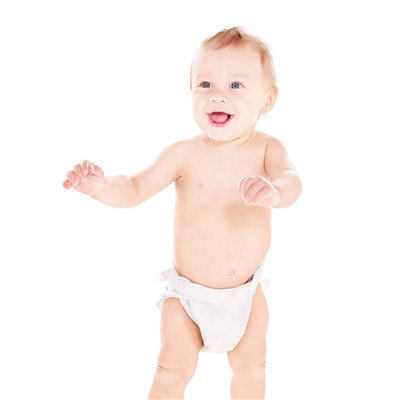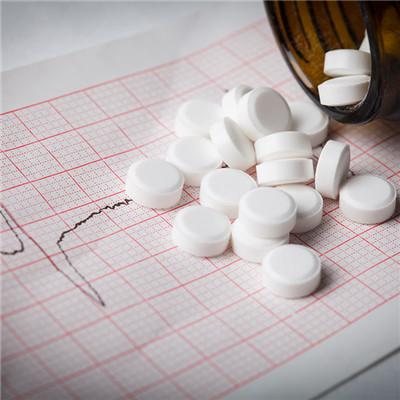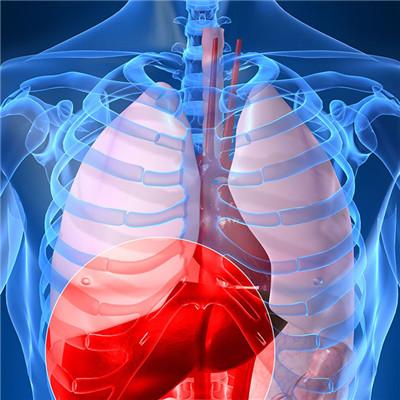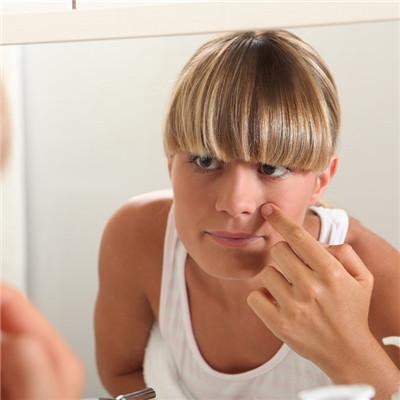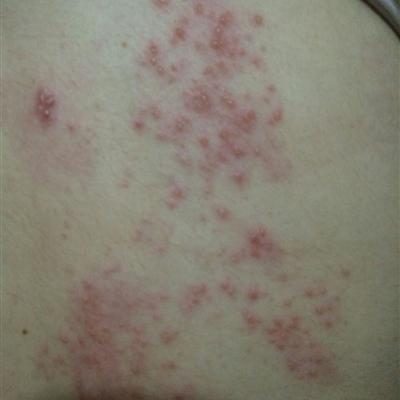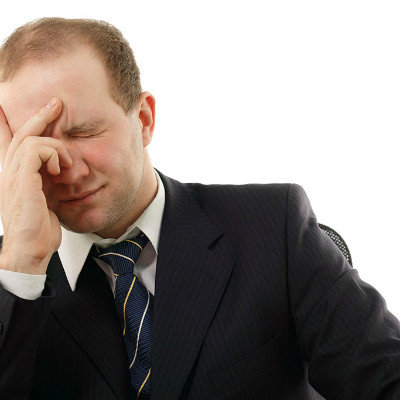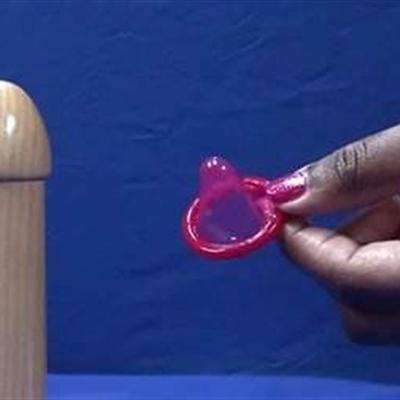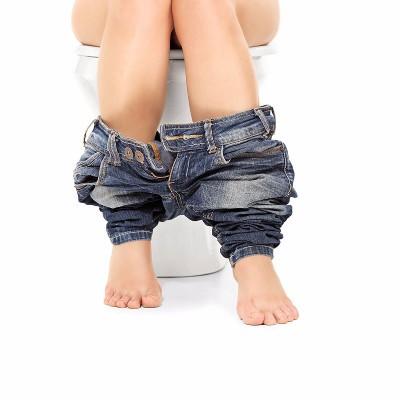Symptoms of hypoxic ischemic encephalopathy
summary
Neonatal hypoxic-ischemic encephalopathy should be paid attention to, because neonatal hypoxic-ischemic encephalopathy is a common and serious disease, it will not only lead to cerebral palsy, epilepsy and other diseases, serious cases will lead to death, it is mainly in perinatal asphyxia lead to hypoxic-ischemic brain damage. Generally divided into mild, moderate and severe. There were no sequelae after treatment in mild cases, but 15% of moderate neonatal hypoxic-ischemic encephalopathy had poor prognosis, and 90% of severe neonatal hypoxic-ischemic encephalopathy had poor prognosis.
Symptoms of hypoxic ischemic encephalopathy
Generally, mild children have no sequelae after treatment, but 15% of moderate neonatal hypoxic-ischemic encephalopathy has poor prognosis, and 90% of severe neonatal hypoxic-ischemic encephalopathy has poor prognosis. The death rate of critically ill patients is high, and the survivors can leave a variety of neurological sequelae, such as cerebral palsy, ataxia, mental retardation and epilepsy.

Generally speaking, neonatal hypoxic-ischemic encephalopathy is divided into mild, moderate and severe three types. Mild children showed excessive awakening, irritability and so on. Moderate children showed inhibition, drowsiness or light coma. Severe children's performance: coma, severe or to the brain stiff state.
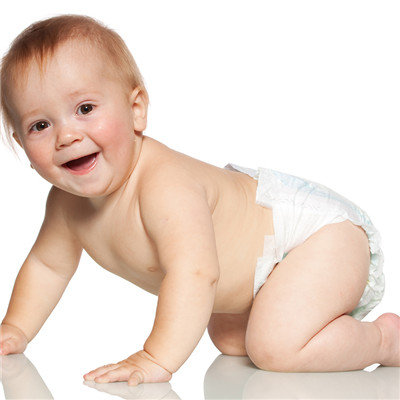
Neonatal hypoxic-ischemic encephalopathy is mainly caused by perinatal asphyxia. Abnormal neurological symptoms occurred after birth and lasted for more than 24 hours. Mild children only have irritability or drowsiness, severe hypoconsciousness, coma or numbness, and can have the performance of brain stem injury such as pupil changes.

matters needing attention
Although timely and active treatment is very important, but prevention is the best treatment, so once fetal distress is found, immediately provide oxygen for the maternal, and prepare for neonatal resuscitation and oxygen supply. Newborn should lie flat after birth, head slightly higher, less disturbance.

